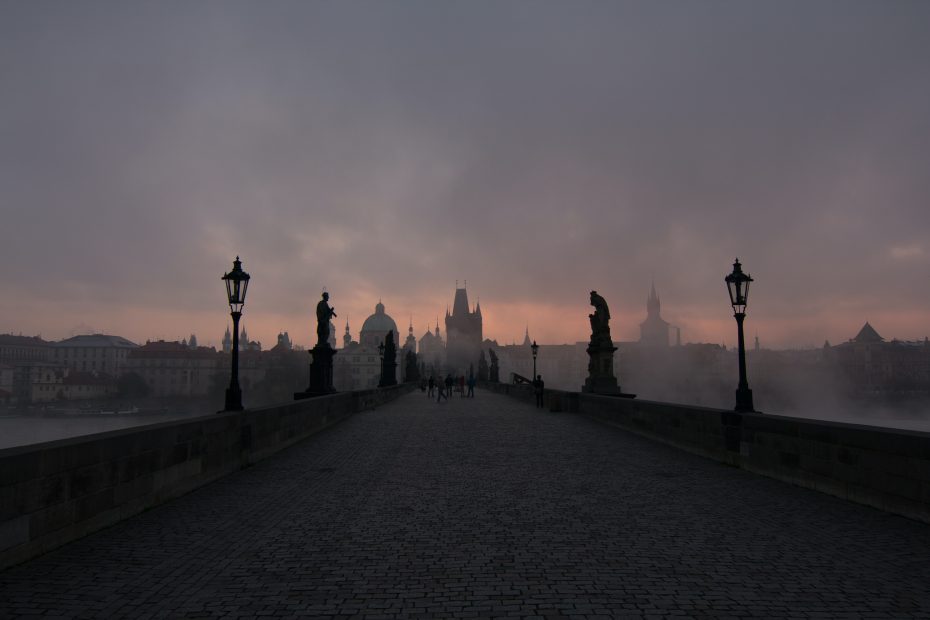Table of Contents
Introduction
The Moravian region of the Czech Republic is home to a rich cultural heritage of folklore traditions, customs, festivals, music, dance, costumes, and handicrafts. This living folk culture was passed down through generations in Moravian villages, but began declining rapidly in the 20th century. Concerted efforts are now underway to document, preserve, and revive Moravian folklore and present it to new audiences. Exploring the festivals, rituals, arts, and costumes that make up this endangered tradition provides fascinating insights into Moravian identity and living heritage.
History and Background
Moravian folk culture draws on early West Slavic traditions that blended with Germanic and other influences over centuries of settlement in the region. Moravia was an important center of power in the Great Moravian Empire from the 9th to 10th centuries. Later, under the Habsburg monarchy, rich cultural expressions emerged in Moravian villages and small towns. Folklore traditions were widely practiced until the major societal shifts of the 20th century threatened their continuity.
Decline and Revival
During the communist era, Moravian folklore was actively suppressed and discouraged. Urbanization, communism, world wars, and a focus on modernization all contributed to the declining practice of rituals, music, dance, and crafts in much of the 20th century. However, ethnographers, cultural activists, and members of the Moravian populace made great strides in documenting, recording, and preserving various folk customs starting in the 1960s. Since the 1990s, organized efforts to revive and sustain Moravian cultural heritage have blossomed.
Music and Dance
Moravian folk music encompasses lively forms like the beseda dance, virtuosic fiddle playing, and distinctive brass bands. Traditional dances include the odzemek, skocna, and selská. Musicians play violins, cimbals, dulcimers, horns, and other instruments during village celebrations. Music and dance are highlights of festivals and events.
Costumes and Dress
Vibrant, ornate costumes make Moravian festivals visually arresting. Detailed embroidery, lace, ribbons, and headpieces adorn women’s attire, with rich regional variations. Men wear decorative vests, coats, hats, and boots as part of traditional dress. Costumes often feature symbolic elements conveying identity, status, and regional ties.
Festivals and Celebrations
Moravian villages host lively calendar customs around holidays like Easter, Pentecost, Christmas, and Shrovetide. These involve music, dance, costume parades, plays, and contests. Life cycle events like weddings and baptisms are marked by folk traditions and rituals passed down generations. Villages often hold folklore festivals to showcase these living heritage practices.
Arts and Crafts
Moravian folk arts range from exuberant painted Easter eggs to intricate paper cutouts, wood carvings, ceramics, embroidery, and glass painting. Traditional crafts include pottery, weaving, puppet making, and gingerbread baking. Museums display a wealth of Moravian folk art and material culture. Some villages offer hands-on arts and crafts workshops.
Ongoing Preservation Efforts
From the Ethnographic Institute’s early research to the present-day National Institute of Folk Culture, various institutions have studied and preserved Moravian folklore. Village cultural centers organize classes, performance groups, and festivals to sustain traditions. Ethnographic museums showcase regional dress, arts, and crafts. Cultural education and immersive experiences engage new generations with their living heritage.
Impact and Significance
For Moravians, preserving their ancestral folklife reaffirms cultural identity and community vitality against the alienating forces of modernity. Moravian folklore also holds creative potential for new artistic expressions and economic opportunities in cultural tourism. Moreover, sustaining these living traditions contributes to safeguarding the vitality and diversity of intangible cultural heritage on a global scale.
Conclusion
Moravian folk culture has survivederas of suppression and decline to undergo an inspiring revival in recent decades. Music, dance, dress, festivals, and crafts from this rich wellspring of tradition still have much to offer in terms of local identity, tourism potential, and our shared human heritage. By better understanding and perpetuating Moravian folklore, we help ensure these meaningful customs are passed on to future generations.
FAQs
What is Moravian folklore?
Moravian folklore refers to the traditional customs, music, dance, costumes, festivals, and crafts historically practiced in Moravian villages and small towns. It is an integral part of Czech cultural heritage.
Why is Moravian folklore in danger of being lost?
Urbanization, communism, world wars, and modernization all led to the decline of Moravian folk traditions in the 20th century. Many customs were in danger of dying out before revival efforts began.
What kinds of Moravian folk traditions are still practiced today?
Some living folk practices include traditional music and dance forms, wearing regional costumes, festivals like Shrovetide and Easter celebrations, traditional arts and crafts, and life cycle rituals.
How can Moravian folklore be preserved for future generations?
Methods to sustain Moravian folklore include cultural education, museums and institutes, ethnographic documentation, performance groups and classes, cultural tourism, and community efforts to maintain traditions.
What is the cultural significance of Moravian folklore?
Moravian folklore is an important part of Czech cultural heritage and identity. Preserving these living traditions also contributes to safeguarding intangible cultural heritage globally.
